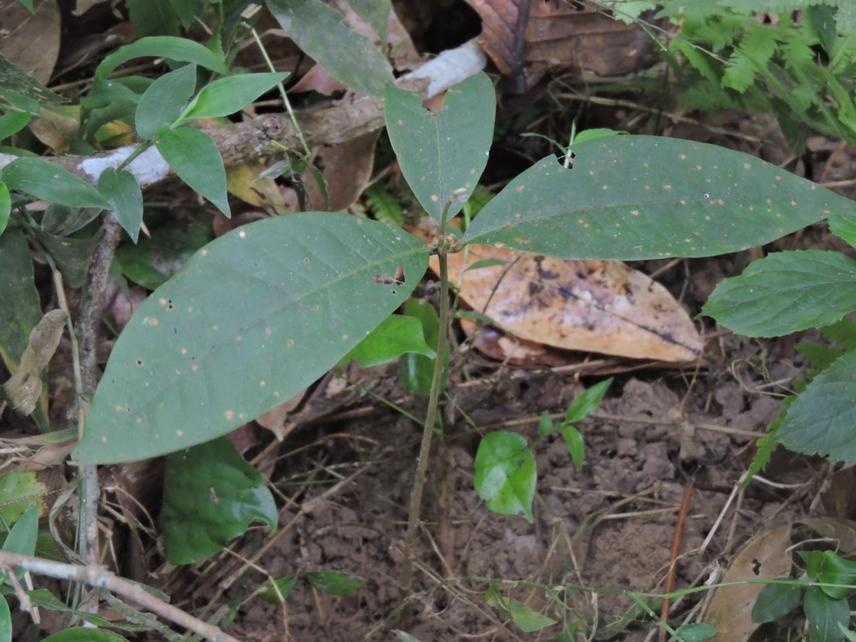Narayan Sharma
Other projects
11 Feb 2009
Coexistence and Conservation of Seven Sympatric Primates in the Fragmented Habitat of Gibbon Wildlife Sanctuary
The project will document the conservation status of Critically Endangered Vatica lanceaefolia and understand the impact of harvest on its population structure and regeneration patterns in Upper Brahmaputra Valley, north-eastern India.

Vatica lanceaefolia, a Critically Endangered plant species, has a highly fragmented distribution and is found in scattered sub-populations in the moist forests of Bangladesh, Myanmar and north-eastern India. The fragmented landscape of the Upper Brahmaputra Valley in Assam state of north-eastern India is one of its last strongholds, where it is heavily harvested by the local communities for their fuelwood needs and construction activities. Vatica is also a critical mid-canopy tree providing structural connectivity for endangered arboreal mammals such as primates and squirrels in these forests. Its continuous extraction may thus affect the persistence of these species besides altering the forest structure and composition, which, in turn, may have far-reaching ecological consequences.
My prior study in one of the lowland rainforest fragments of the Valley, the Hollongapar Gibbon Wildlife Sanctuary, has found that the highest proportion (over 20%) of extracted forest products by the local communities consisted of V. lanceaefolia. The fuelwood collectors frequently cut the medium- to large saplings as well as trees, and leave them to dry in the forest; these are harvested after about a week. This is a potentially unsustainable extraction method, and being prevalent across other forest fragments as well, could potentially drive the species to local extinction. However, our understanding of this important conservation issue, affecting such a critically endangered plant species, is negligible and there is an urgent need to evaluate their conservation status and design a proper strategy to minimise the dependency of the local communities on this critical forest resource.
In this project, therefore, I aim to document the conservation status of Vatica in the Upper Brahmaputra Valley, understand the impact of its harvest on its population structure and regeneration patterns, generate information on the quantity, frequency and uses of the Vatica being harvested, and identify the key socio-economic factors that drive the local community to rely heavily on this species. With this information, I propose to design and implement a sustainable model, in consultation with the local communities and the State Forest Department, to minimise the harvest of Vatica from the forests of the Upper Brahmaputra Valley.